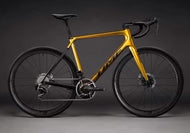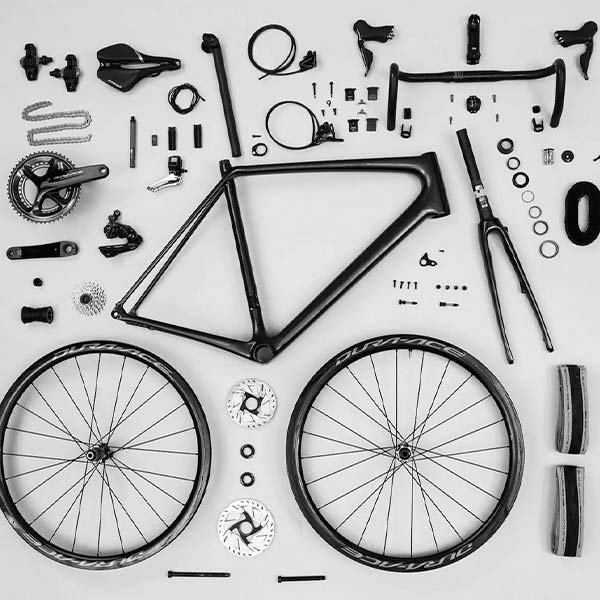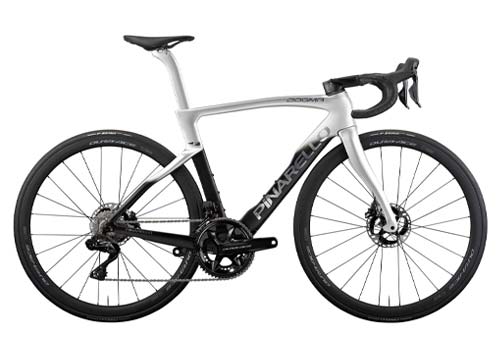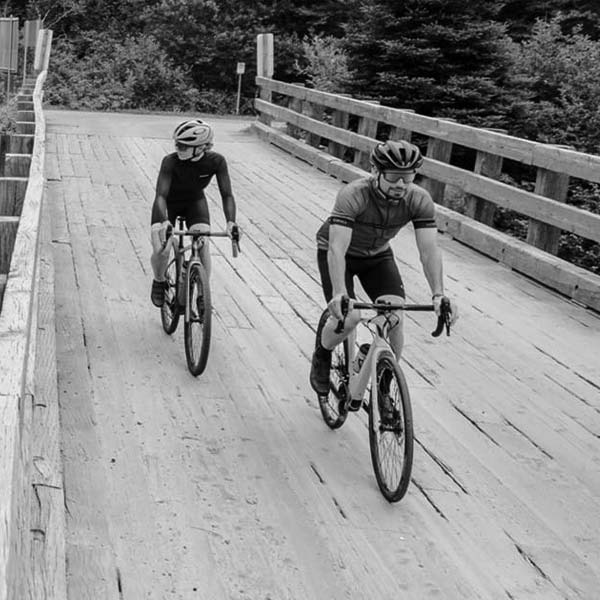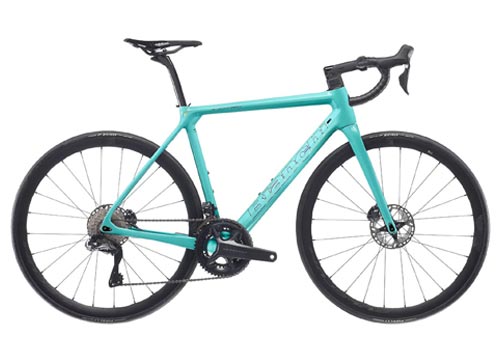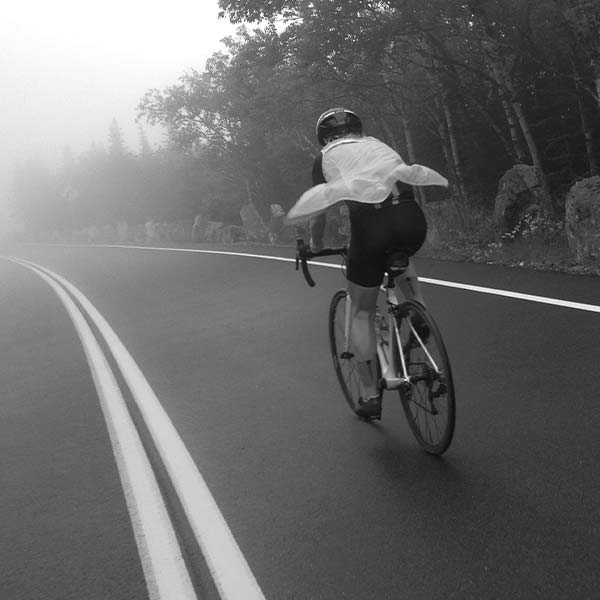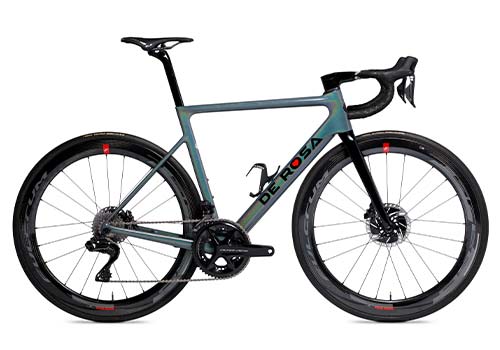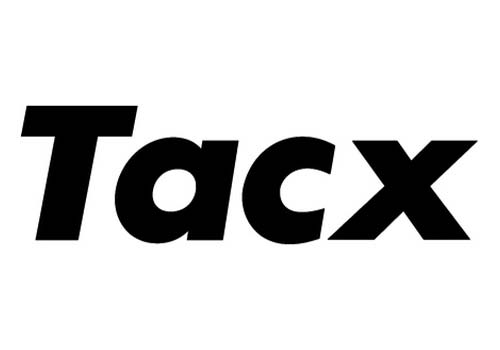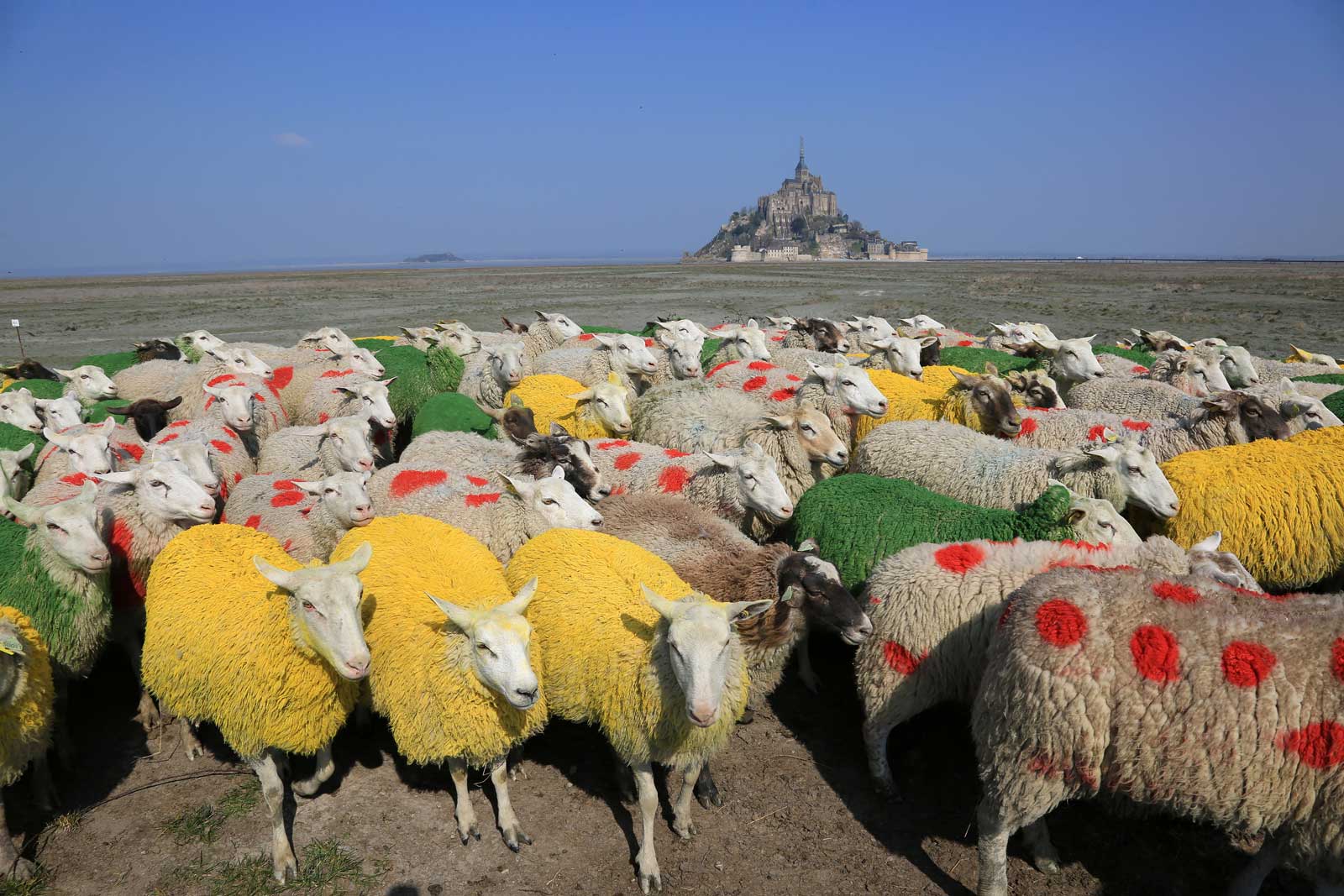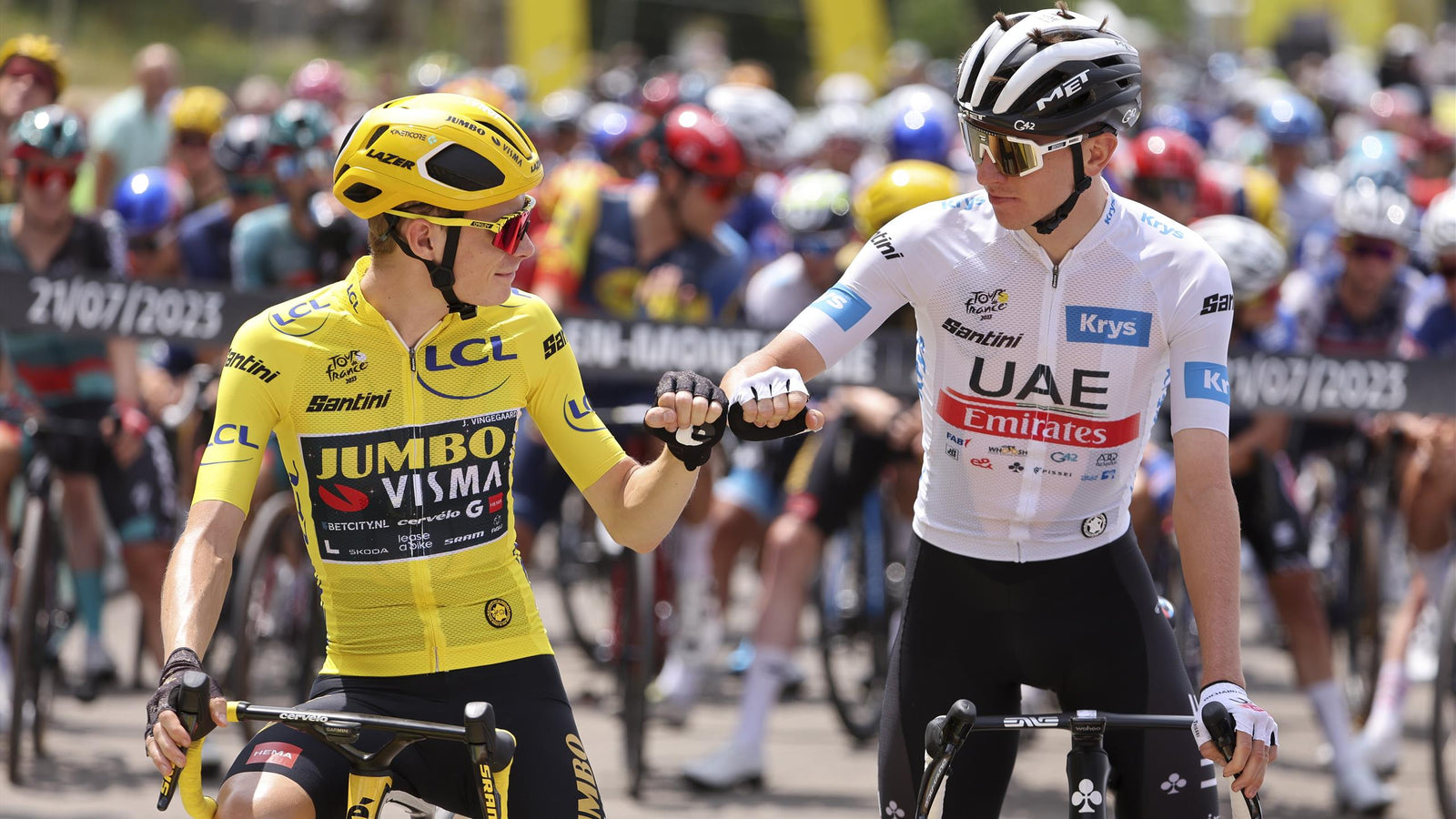The 2023 cycling season builds towards what is always the biggst race of the year. The Tour de France 2023.
The TdF 2023 Route map
The 110th edition of the Tour de France will take place July 1 - July 23, 2023 covering a total distance of 3404 kms over 21 stages.

TdF CLASSIFICATION JERSEYS EXPLAINED
Yellow Jersey: The yellow jersey is worn by the leader of the general classification, the rider with the lowest net time in the race after every stage. The rider who takes it to Paris is crowned the Tour de France winner. The jersey is yellow because the newspaper that first organised the race, L'Auto, was printed on yellow paper. The classification is based on the time taken for each rider to cover the 21 stages, taking into account time penalties and time bonuses.
Green Jersey: The green jersey is worn by the leader of the points classification. Points are awarded at stage finishes and intermediate sprints (one per road stage). While the sprinters are the main candidates for the green jersey, it's the more versatile among them who have the best chance of overall success in Paris.Points are awarded to the first 15 riders at stage finishes or intermediate sprints, with different allocations depending on the nature of the stage. More points are awarded on flat stages than on mountain stages or time trials. The winner of a flat stage scores 50 points, a mountain stage winner just 20.
Polka Dot Jersey: The polka-dot jersey is worn by the leader of the mountains classification, who is known as the 'king of the mountains.’ Mountain points are on offer at the top of every classified TdF climb, ranging from the hardest – 'hors catégorie' – to the easiest – category 4.
Hors catégorie: 20-15-12-10-8-6-4-2
Category 1: 10-8-6-4-2-1
Category 2: 5-3-2-1
Category 3: 2-1
Category 4: 1
White Jersey: The white jersey is worn by the leader of the best young classification. A 'young rider' is anyone who was born after January 1, 1997, so anyone under 25. The jersey goes to the rider in this category that best placed on general classification. The white jersey is often an indication of future Tour de France contenders.
Riders can lead multiple jersey classifications but only wear one jersey in the race. There is an established order of priority for the different leader’s jerseys: the yellow jersey, followed by the green jersey, then the red polka-dot jersey and finally the white jersey. When a rider is leading several classifications, they wear the one designated by the order of priority. The other jerseys are then worn by the riders lying second, third or fourth in the corresponding classification.
Stay tuned for more...

A LITTLE HISTORY...
Going into 1969, Eddy Merckx was a star on the rise.
With 2023 hindsight, Merckx is considered as the presumed winner of every event he contested, even in his early years. In 1969, he was undoubtedly one of the most impressive riders of his generation, an up-and-coming super talent but he wasn’t yet considered the greatest of all time at that point... the 1969 TdF was to be a benchmark.
Merckx’s first TdF victory was his most dominant and arguably one of the most impressive ever. He won the 1969 Tour de France with a margin of nearly 18 minutes between him and second-placed Roger Pingeon. The green sprinter’s jersey? Merckx. The King of the Mountains jersey? Merckx. The combativity prize? Merckx. If the white jersey for best young rider existed at the time, 24-year-old Merckx would have won that too. The FAEMA team also claimed the overall team prize.
In the 1969 TdF Merckx won six stages; a mix of sprints, mountains and time trials. FAEMA won the team time trial for good measure. This performance was one of the most astounding wins in modern TdF history. Also consider the results of other star riders of the era; 1965 TdF winner Felice Gimondi (Salvarani) finished 4th. 1966 TdF winner Lucien Aimar (Bic) finished 30th. 1967 TdF winner Roger Pingeon (Peugeot-BP) finished 2nd. 1968 TdF winner Jan Janssen (Bic) finished 10th.
The 1969 TdF was 4110km, 22 stages (25 stages counting 3 split stages held the same day, plus a prologue TT) There were NO rest days.
1969 Tour de France General Classification:
1. Eddy Merckx (FAEMA) 116hr 16min 2sec
2. Roger Pingeon (Peugeot-BP) @ 17min 54sec
3. Raymond Poulidor (Mercier-BP) @ 22min 13sec
4. Felice Gimondi (Salvarani) @ 29min 24sec
5. Andrés Gandarias (KAS) @ 33min 4sec
6. Rini Wagtmans (Willem II-Gazelle) @ 33min 57sec
7. Pierfranco Vianelli (Molteni) @ 42mi 40sec
8. Joaquim Agostinho (Frimatic-De Gribaldy) @ 51min 24sec
9. Désiré Letort (Paugeot-BP) @ 51min 41sec
10. Jan Janssen (Bic) @ 52min 56sec
Points classification
1. Eddy Merckx 244 points 2. Jan Janssen 149 points 3. Rini Wagtmans 136 points
Mountains classification
1. Eddy Merckx 155 points 2. Roger Pingeon 94 points 3. Joaquim Galera 80 points
Team classification
1. FAEMA 351h 50' 56" 2. Peugeot-BP +14' 53" 3. Kas +1h 01' 42"
Combination classification
1. Eddy Merckx FAEMA 2. Roger Pingeon Peugeot-BP 3. Felice Gimondi Salvarani




